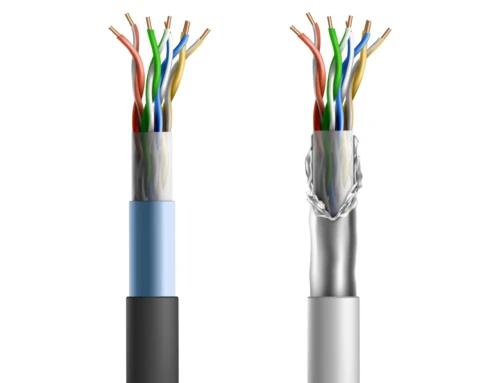Table of Contents
Has this ever happened to you? You plugged in too many devices at the outlet and everything is fine. Until suddenly the power goes off. If you have faced this situation, then most probably you created a circuit overload. What is it and what caused it? Let’s learn more about it.
Basics of an Electrical Circuit
Circuits are made of different components like wiring, breaker or fuse, and devices connected to them like light fixtures and appliances. The electricity that each circuit uses adds to the total load of the circuit.
When the rated load for the circuit wiring exceeds, the circuit breaker will trip and shut the power to the entire circuit.
What is a Circuit Overload?
All electrical circuits are designed to handle a limited amount of electricity. When you draw more electricity than what a circuit can handle, a circuit overload will occur. Circuit breaker trips help in ‘breaking’ the circuit and thus the current flow. If there were no breakers, the overload would cause the circuit wiring to overheat. This could either melt the wire insulation or even lead to a massive fire.
Different circuits have different load ratings so that some circuits can provide more electricity than others. Home electrical systems are designed around typical household usage, but we may make the mistake of plugging in too many devices on the same circuit. However, if you have good knowledge of the layout of your home’s circuits, you can prevent overloads easily.
What are Signs of Circuit Overload
Different circuits have different load ratings. That means they may get overloaded on different occasions. The most obvious sign of circuit overload is the tripping of the circuit and shutting off all the power.
Other signs include:
- Dimming lights
- Burning odors from switches or outlets
- Outlets warm to the touch
- Appliances not getting sufficient power
- Buzzing outlets or switches
You should call an electrician if these problems persist even after you take steps to prevent circuit overloads.
How to Map Circuit Overload
It may look like there are a lot of wires and cables jutting out of the circuit breaker. They might look complex to decipher but the National Electrical Code imposes a circuit logic to simplify the system.
The circuits in the main panel can be roughly divided into two types:
- Dedicated circuits: These include the circuits that serve a single large-draw appliance like a refrigerator, microwave or furnace. These can also be used for small kitchen appliances and bathrooms.
- General purpose circuits: These serve multiple outlets such as lighting and most of the outlets in your home. You can use these circuits when you need extra power or if you want to add another outlet.
Calculating Circuit Loads
To understand how many devices you can plug in, you need to first determine the amount of power the circuit in your panel can handle. You can calculate the power the circuit can handle by multiplying the amperage rating by volts. This will give you the total wattage capacity.
For instance, the maximum allowed wattage of a 10-ampere circuit at 120 volts is 1,200 watts. For a 15-amp circuit at 120 volts, the maximum allowed wattage would be 1,800 watts.
Ideally, you shouldn’t exceed 80% of the maximum allowed wattage. It is possible that the circuit can handle more than 80% of its power rating but it is likely to trip as soon as the load exceeds 80% of its power rating. For instance, the recommended wattage of a 10-amp circuit at 120 V would be 960 watts, which is 80% of 1,200 watts.
3 Common Solutions for Circuit Overload
- Upgrade your electrical system and electrical conduits
- Don’t use all the electrical appliances at once
- Use an extension cord occasionally
If you face persistent circuit overload or short circuit despite taking all the measures, call an electrician immediately.

D&F Liquidators has been serving the electrical construction materials needs for more than 30 years. It is an international clearinghouse, with 180,000 square facility located in Hayward, California. It keeps an extensive inventory of electrical connectors, conduit fitting, circuit breakers, junction boxes, wire cable, safety switches etc. It procures its electrical materials supplies from top-notch companies across the globe. The Company also keeps an extensive inventory of electrical explosion proof products and modern electrical lighting solutions. As it buys materials in bulk, D&F is in a unique position to offer a competitive pricing structure. Besides, it is able to meet the most discerning demands and ship material on the same day.






